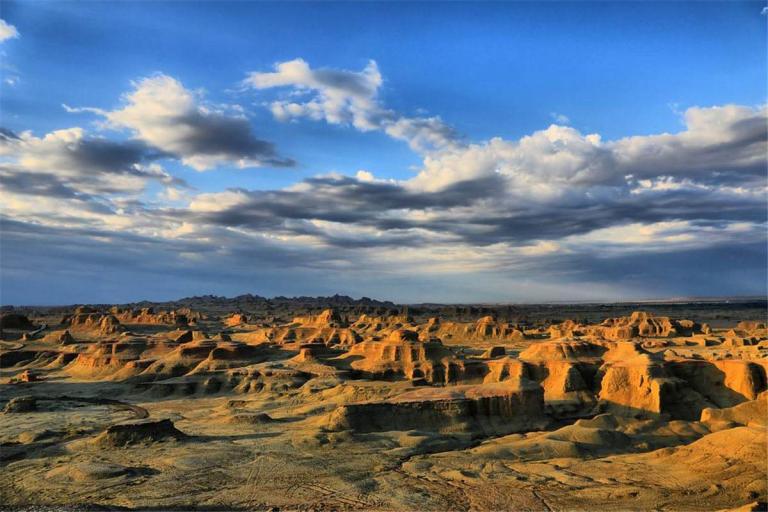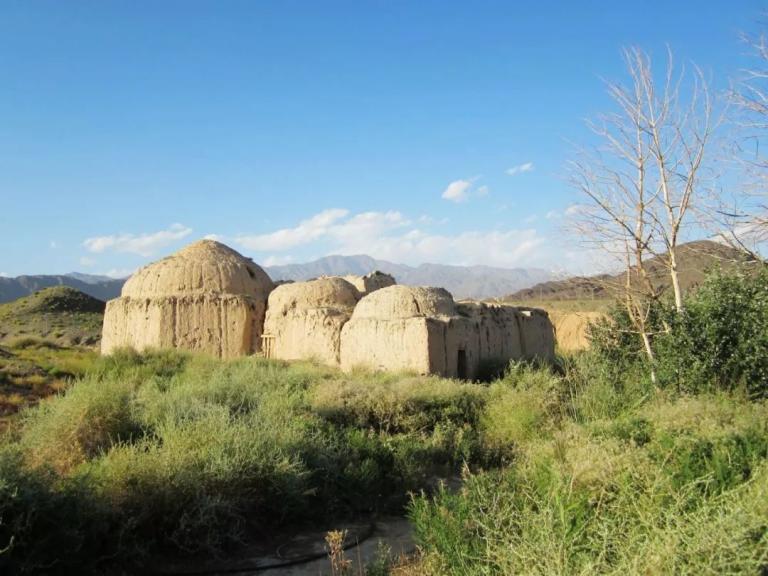Tuokuzisalai ruins
2 min readTuokuzisalai ruins is also called Tangwang City which is located to the north of tumuxiuke Mountain pass about 60km in the east of the current Bachu County which is on the side of Kashgar river in Weitou division of the Tang Dynasty. The ruins of Tuokuzisalai cover an area of lkm, includingancient city, beacon towers and Buddhist temples and cemetery and so on According to the archaeological excavation, the ancient city can be divided walls only having ruins left. According to the archaeological excavation, the o into inner city, outer city and great outer city, altogether three parts with th relics excavated from time to time are over 4,000 pieces which are mostly collected in the Museum of Xinjiang Uygur Autonomous Region and Bachu County historical museum and a small amount scattered abroad long time ago, which can be seen in Paris National museum and berlin National museum at present. The precious relics prove the splendor of exchanges in trading and culture between the central government and central asia west asia and west Europe, which are regarded as a national key cultural relic protection unit.

Inner city extends from hillside to the peak with the circumstance of 756 m outer city connects with inner city to extend to the peak, about 1,008m longand the great outer city is the outer wall circling the south slope, about 1668m long On hillside and peak, the south and north gates of the wall ruins built with adobe can be seen clearly in the east and north there are still some temple ruins remaining.
Since the 20th century, archaeologists and local citizens and foreign explorers have often excavated all kinds of buddhist artworks such as fresco statue and woodcarving from the northern and Southern Dynasties until the Tang and Song Dynasty, and found Brahmi, Sogdian, Qiuci language, Kharosthi and Chinese writ and lots of cotton, hemp, silk, wool fabric, coin, pottery, bronze ware, crop seed and other items of daily use and decorative pieces From these excavated relics, we can see the prosperity of this ancient cit According to the current archaeological materials as well as combination with the document literature, now we can confirm preliminarily that this city is the Jushide City”recorded by the historical materials of the tang Dynasty.

Because some woodmen found coins of the “Kaiyuan Currency in Circulation “of the Tang Dynasty in the Qing Dynasty in this city, so the local Han people called it Tangwang City. Meanwhile, because people saw 9 relics with the shape of temples, the people of Uygur called it”Tuokuzisala meaning “nine palaces”which is the origin of the name of the relics. It is the ruins of an important ancient city on the Silk road.









